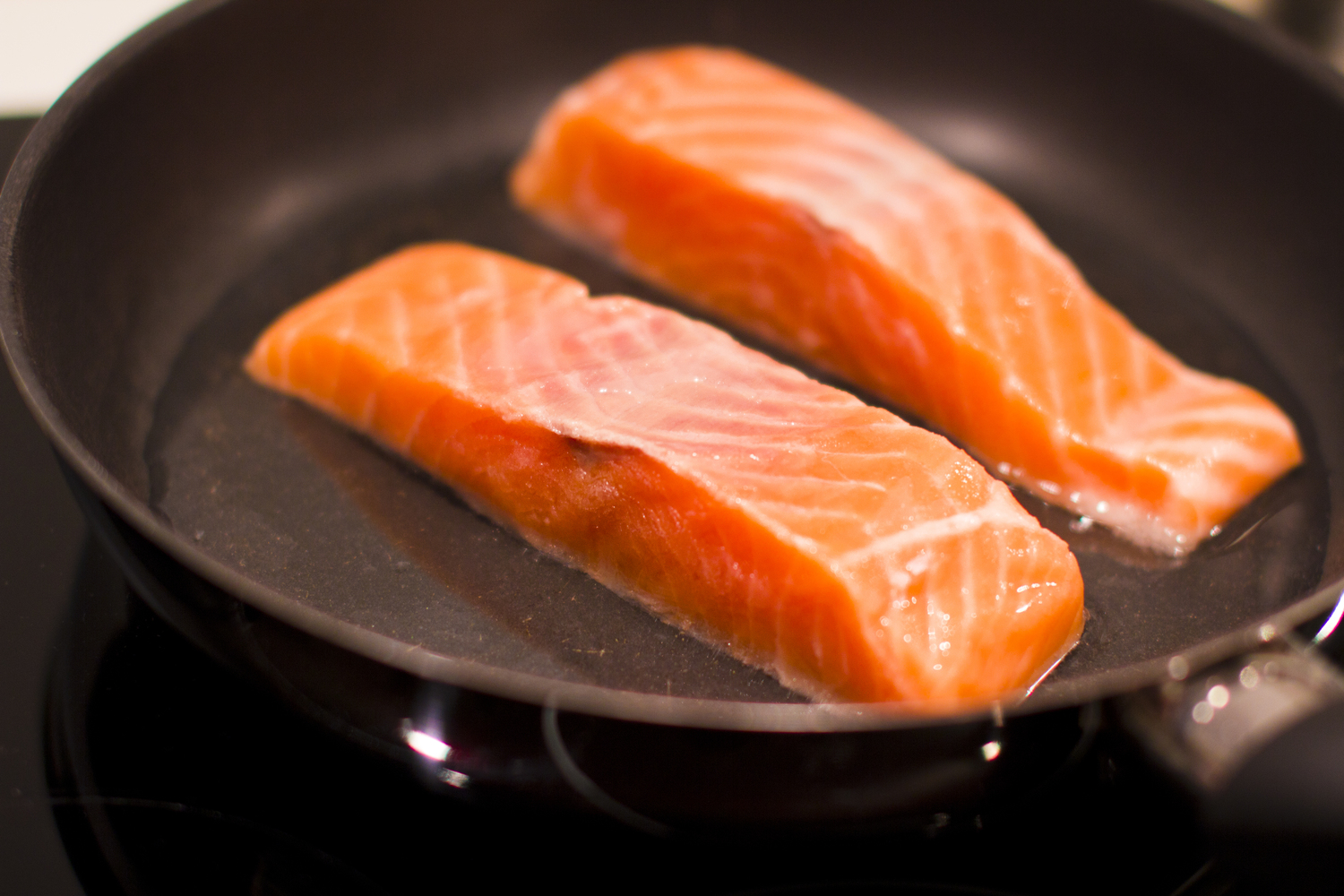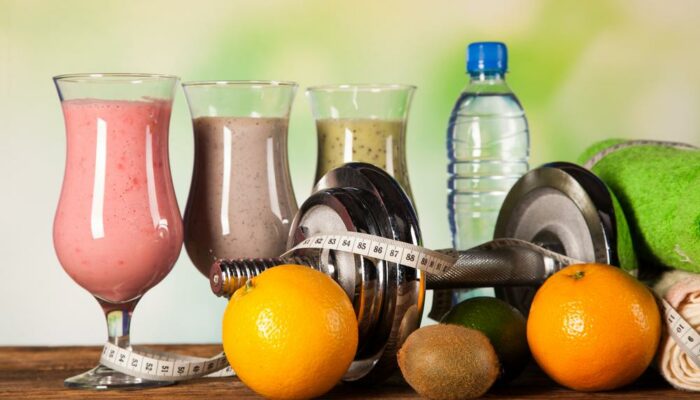
Foods to Prevent Osteoporosis
Osteoporosis is a bone disease that causes the bones to weaken and become porous so bones are prone to easy fractures. More than 50 million people in the United States have osteoporosis or are at risk of developing this disease that affects mostly older women, but also some men. Hip fractures are particularly dangerous to patients with osteoporosis, however, the disease also causes joint pain and mobility issues.
To keep your bones healthy and strong, as well as to prevent osteoporosis, nutrition and physical exercise are important. Here are the best osteoporosis superfoods
1. Calcium rich foods
Be sure to include calcium in your diet to prevent bone issues. Lack of calcium or low calcium intake contributes to osteoporosis. It’s important for people to get enough calcium either through their diet with foods like milk, cheese, and yogurt, or by taking supplements. Low-fat dairy products, calcium-fortified cereals, and dark green leafy vegetables are good sources of calcium
2. Figs
Figs in dried form are one of the best sources of calcium. In fact, dried figs contain enough calcium, potassium and magnesium to protect bones. One cup of dried figs contains 242 milligrams of calcium
3. Canned salmon and sardines
Fatty fish, such as salmon and sardines are also great bone-strengthening foods.
Salmon is a fatty fish that’s rich in vitamin D, which is needed for calcium absorption, as well as omega-3 fatty acids, which help lubricate joints. Canned salmon or sardines with the bones in are the ideal sources, as the bones contain calcium. Both fatty fish in cans are also rich in phosphorus, zinc, and omega-3 fatty acids, which is an anti-inflammatory
4. Broccoli
Broccoli is loaded with essential nutrients like magnesium, calcium, vitamin K, folate and vitamin B6. It’s also an alkalizing vegetable that reduces risk of acidity and contains high vitamin C content that boosts calcium absorption.
5. Vitamin D food sources
Vitamin D plays a critical role in keeping bones healthy. It also enables your body to absorb calcium. People can take supplemental vitamin D to make sure they have an adequate amount in their system or eat foods rich in this vitamin. Foods like salmon, herring and sardines, cod liver oil, canned tuna, egg yolks, and mushrooms are all great sources of vitamin D.
Bone is a living tissue. It goes through a state of renewal. It can be broken down and then replaced. This process slows down as people age. The problem with osteoporosis is that new bone doesn’t replace the old bone fast enough. In the early stages there are no symptoms of osteoporosis. Eventually osteoporosis symptoms might include loss of height, stooped posture, and back pain.
Some risk factors can increase a person’s likelihood of developing osteoporosis. These include age, race, sex, body frame, size, and family history. If a person has a parent who has had a fractured hip that places them at greater risk. People with certain medical problems have a higher risk of osteoporosis. These include cancer, rheumatoid arthritis, and kidney and liver disease. People with a family history of osteoporosis should talk with their doctors about their chances of developing this disease.



